Oklahoma-Nebraska 'Game of the Century' Was the Crown Jewel of Five Decades of Excellence
Johnny Rodgers thinks he’s figured out why Nebraska football did so well for so long.
“We would rather slide bare-ass on a razor blade,” Rodgers told SI Sooners, “than disappoint Coach (Bob) Devaney and Tom Osborne.”
Starting in 1963, Devaney’s second year in Lincoln, the Cornhuskers won the Big Eight Conference championship eight times in 10 years. When Osborne took over in 1973, Nebraska won the league six times in 12 years. Then in the 1990s, Osborne won seven championships in nine years.
Their only competition was Oklahoma.
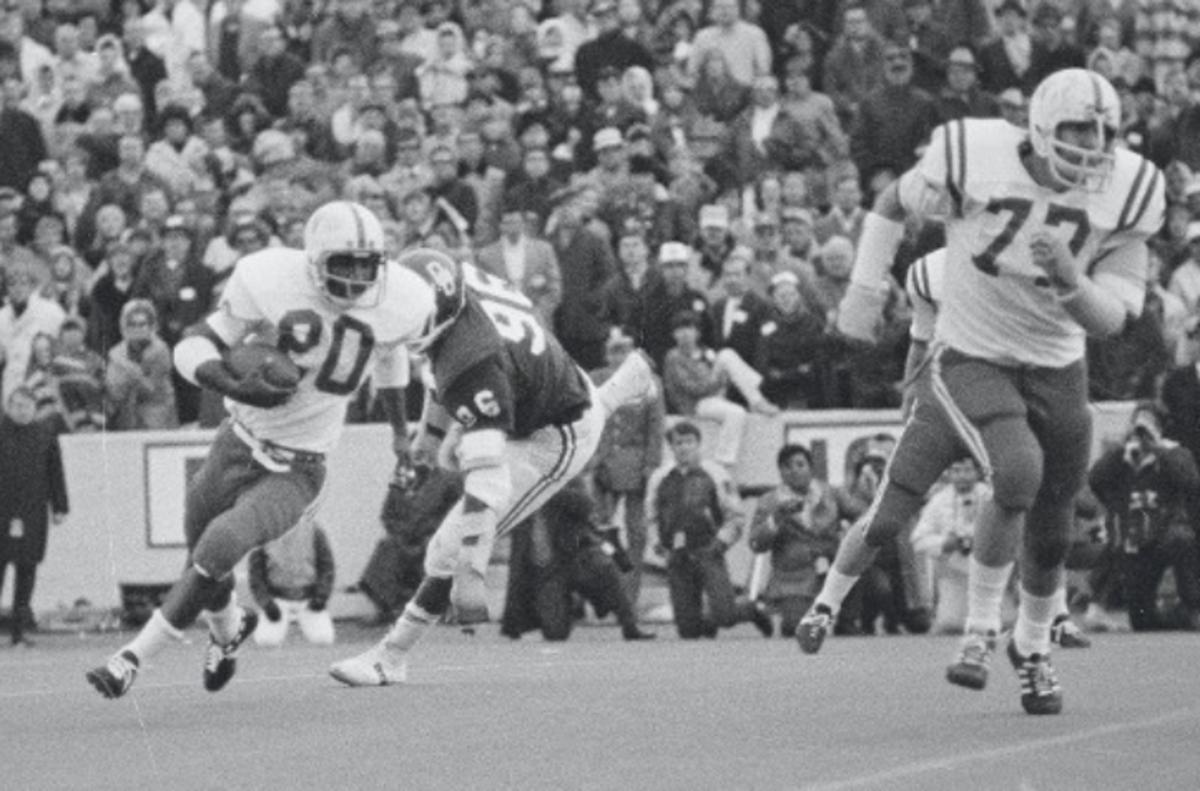
The Sooners won two Big Eight crowns under Chuck Fairbanks in 1967 and 1968, won it again in 1972, then won eight straight league titles under Barry Switzer from 1973-80. Switzer won four more in the late ‘80s before Bob Stoops arrived and won seven Big 12 titles prior to Nebraska’s departure for the Big Ten.
In 48 seasons between 1963 and 2012, the two schools each won or shared 22 conference championships. Only seven times in that span — 1989, 1990, 1996, 1998, 2003, 2005 and 2009 — did the Sooners or Huskers fail to win at least a share of the conference title.
That heyday of Big Eight and Big 12 football produced 11 national championships — nine of them by Nebraska (five) or Oklahoma (four).
The crown jewel, of course, was the 1971 “Game of the Century,” won 35-31 by No. 1 Nebraska in Norman against No. 2 Oklahoma. It has stood the test of time, with ESPN recently ranking it as the greatest game ever played.
The Big Red Rivals haven’t played since the 2010 Big 12 Championship Game, but they meet again on Saturday at Owen Field, an 11 a.m. contest that is decidedly not “Game of the Century” material: the Sooners are a 22.5-point favorite.
Since Osborne retired, the Huskers moved on to the Big Ten Conference and have cycled through five coaches and seven losing seasons.
Oklahoma, meanwhile, has transitioned from Stoops to Lincoln Riley and has won seven Big 12 titles.
Looking back 50 years does nothing for Riley’s or Scott Frost’s current teams. But the fan bases, media and former players can’t help but revel in ancient glory.
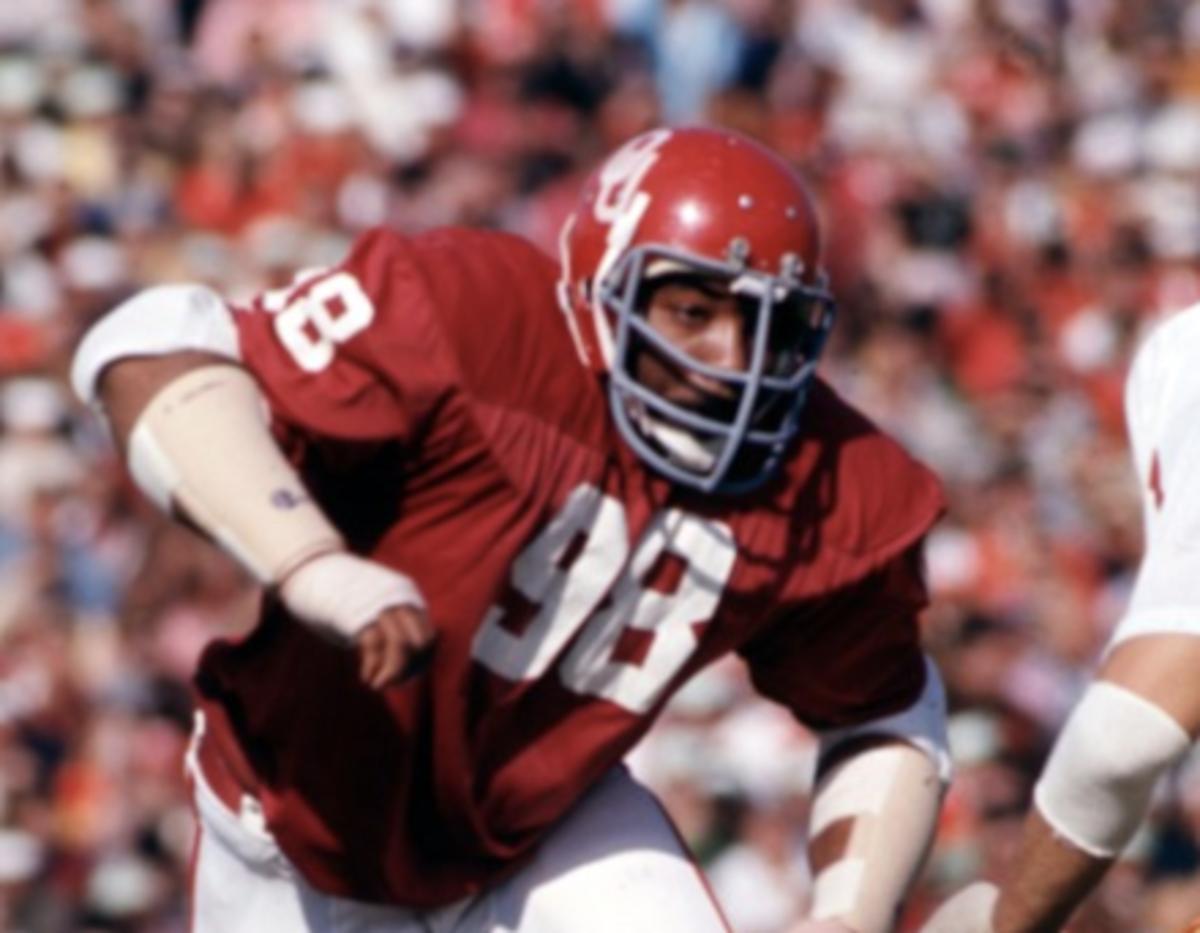
“A lot of time has passed,” OU defensive line legend Lucious Selmon told SI Sooners, “and still yet, a lot of people remember that game. Just unbelievable.”
In a game remembered most for Rodgers’ electrifying 72-yard punt return, OU led just 17-14 at halftime despite a decided advantage in total yards: 311 to 91.
In the second half, Nebraska tailback Jeff Kinney took over. He finished with 174 yards and four of the Huskers’ five touchdowns.
“I just didn't want to lose this game,” Kinney told SI Sooners. “You know, my whole demeanor was, going in that second half, ‘I gotta pick it up. I gotta just run and not be stopped.’ I mean, it just it was just a determination kind of thing more than anything.”
Devaney had that kind of affect on his players, they say. He could get them to do things they didn’t know they could do.
“I think that's one of the things that separated us from a lot of teams, is the fact that we played every week at a top level,” Kinney said. “I mean, it wasn't like, ‘Who was our opponent this week?’ I mean, every week, I think the attitude was, ‘We want to demonstrate how good we are, or what we can do.’ ”
That produced national titles in 1970 and ’71, and did the same for Osborne in 1994, ’95 and ’97.
Fairbanks and Switzer also had a way of getting their players to elevate their game in big moments. The buildup for the ’71 game started in the offseason, and by the time Thanksgiving rolled around, it reached fever pitch.
“People just just became just engrossed in that scenario,” Selmon said, “and it just kept building and kept building and building and came to a head. And I think people were truly satisfied. Even though we lost, I think the competition that went on out there kind of measured up to what people thought it would be.”
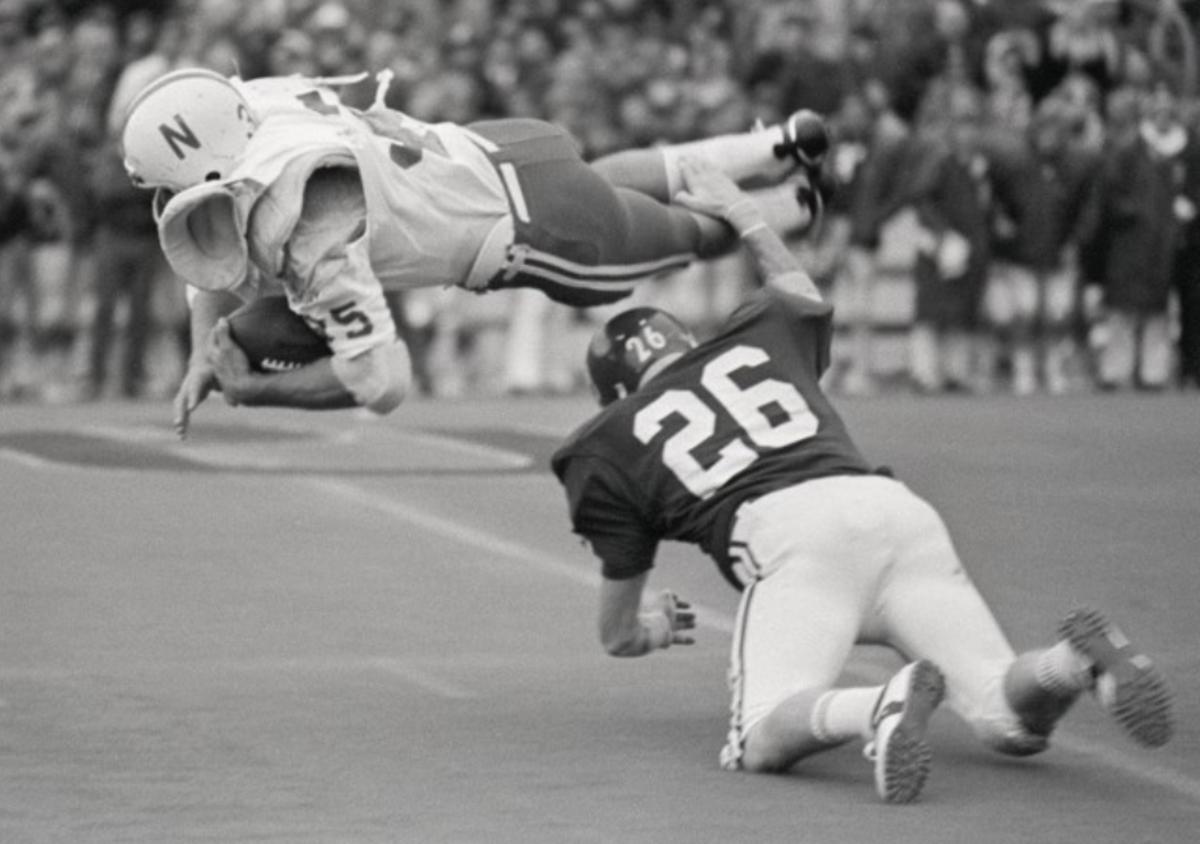
Selmon was just a sophomore on that OU team. His famous brothers were still in high school in Eufaula. So Selmon — who recovered a fumble that gray day in Norman — leaned on the leadership of older players, like defensive end Ray Hamilton.
“It was a very good battle,” Hamilton told SI Sooners, “and it went back and forth with two really top notch teams.”
Hamilton’s enduring memory of the game was having made the tackle on Nebraska’s first two offensive snaps, then injuring his toe on the third. He continued to play, but the injury, Hamilton said, limited his movement and impacted his the outcome of the game.
“I just couldn't do anything after that,” Hamilton said. “Couldn't change directions, couldn't move.”
Hamilton’s injury came into play on Nebraska’s game-winning touchdown drive. As Nebraska quarterback Jerry Tagge dropped back to pass on third down, Hamilton immediate bore down on him. But Tagge slipped away to the right and found Rodgers for a first down.
“I just summoned up enough energy to say, ‘I’m not gonna be blocked again because of my injury,’ “ Hamilton said. “And when I got back down to the quarterback, I just couldn't change directions and make a play. That's what I remember about the game.”
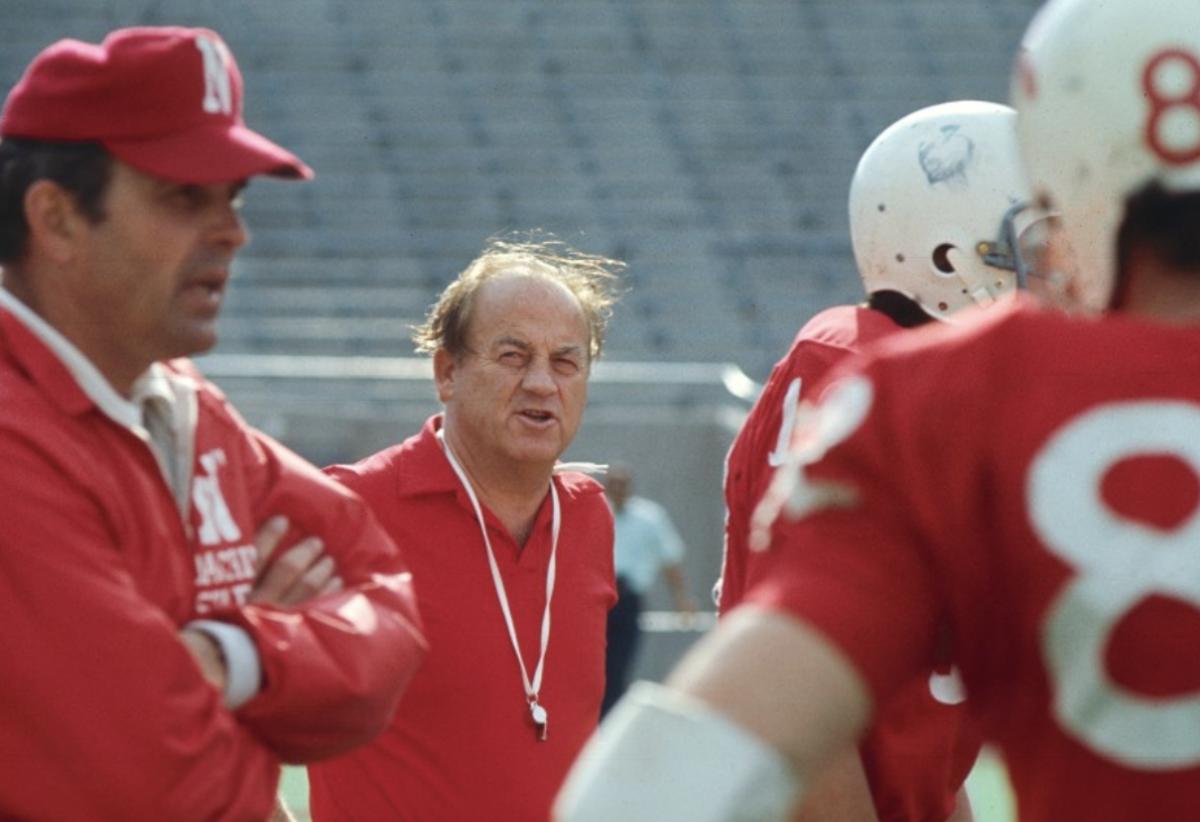
“I was looking right at that play,” Selmon said. “I often tell Raymond, I say ‘Hey, I was looking right at you when you couldn’t change directions.’ He says, ‘What the hell you standing there looking for?’ … He could not change directions as Tagge stepped up inside and just delivered the ball right to Johnny Rodgers.”
Rodgers said that third-down conversion, which eventually set up Kinney’s fourth touchdown, was the biggest play of the game.
“Biggest play of the game,” Hamilton counters, “was a punt return. I don’t know what the hell he's talking about. The biggest difference in the game was his punt return.”
Rodgers opened the scoring with his big runback. Each offense scored four touchdowns, and each scored on special teams. But while the Sooners added a field goal, the Huskers added Rodgers’ heroics — which included at least one block that Sooner Nation still claims was an illegal block in the back.
“There were some questionable blocks,” said OU running back Greg Pruitt, who was the first cover man downfield but ultimately whiffed on his attempt to tackle Rodgers.
Selmon said it wasn’t necessarily Rodgers’ first-quarter runback or his fourth-quarter catch that was the difference in the game, but a defensive effort from the Sooners that just wasn’t up to the task.
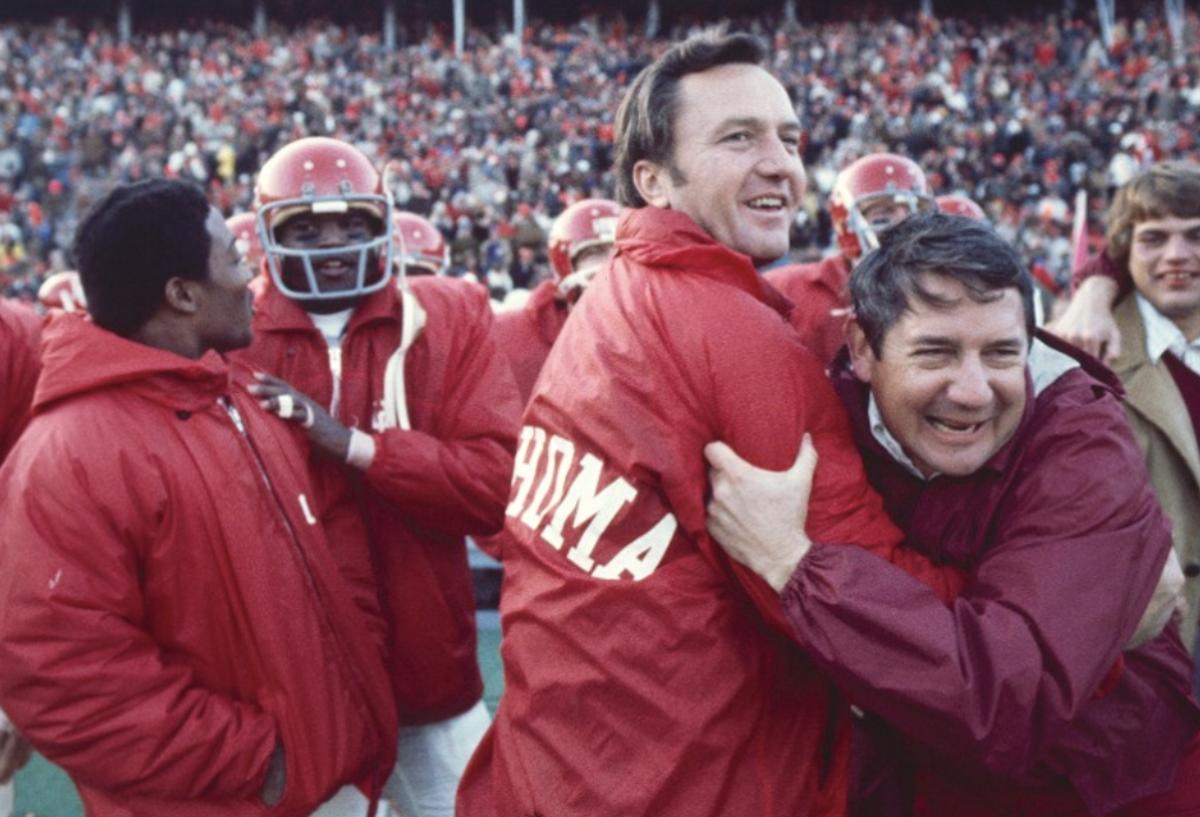
“They were good,” Selmon said. “Johnny Rodgers was an excellent football player. Jeff Kinney. Jerry Tagge. They were loaded offensively. And defensively. But so were we.
“I always say this: when your offense scores 30-something points, you should win the ballgame. Our offense did that. It just kind of comes right back down to the defense. Their offense scored on our defense, you know, enough points to win.”
Tagge’s clutch passing in the second half, Selmon said, and OU’s inability to do anything about it, was really the difference.
“They threw the ball,” Selmon said, “and saw that they could have success throwing the ball.”
Generations of players on both sides — from Joe Washington to Keith Jackson to Curtis Fagan to Travis Lewis, from Roger Craig to Johnny Mitchell to Eric Crouch to Ndamukong Suh — had some of their best performances in the Big Red Rivalry.
That mystique has been missing from college football for more than a decade now.
“Even though it was the Big Eight, they called it the ‘Big Two and Little Six,’ because Nebraska and us would win it every year,” Hamilton said. “But yeah, it's a little bit just getting down to just one rivalry right now, which is Texas. The Nebraska rivalry was a very good rivalry, and I do kind of miss that.”
Selmon said that back then, players didn’t think much in the offseason about beating Texas. That mindset changed in mid-October, of course. But the rest of the year, Nebraska was the focus.
“To beat Nebraska, knowing that all the implications and things that were going to be attached to it,” Selmon said, “that was a special time.”
Selmon recalled the 1978 game in Lincoln — he was an OU assistant coach at the time — when Huskers tailback I.M. Hipp scored an 8-yard touchdown to give Nebraska a 14-7 lead in the third quarter. With a Big Eight championship and a trip to the Orange Bowl on the line, Nebraska fans rained down so many oranges onto the Husker sideline, Selmon said it looked like “orange juice.”
One even rolled all the way to the OU bench.
“Somebody must have had a hell of an arm,” Selmon said, “because he threw one all the way to our sideline. Well, it looked like a pretty damn good orange. So I went ahead and picked it up. Coach Switzer said, ‘What the hell are you gonna do with that orange?’ I said, ‘Well, I’m gonna eat it.’ ”
No. 4-ranked Nebraska won that game 17-14 as the No. 1-ranked Sooners fumbled nine times. But the Orange Bowl committee, in its infinite wisdom, decided to reward the Huskers with a rematch — which the Sooners won 31-24.
“There were times when you'd be so intense over that rivalry that if you won, you couldn't help to do anything but damn near start crying,” Selmon said. “And of course, if you lost, you couldn't hardly do anything but start crying. It was just very emotional, it went further than just physical desire and hope. It became part of your emotions.
“I'm happy to say that during my time as a player and as a coach, we got the best of them in that rivalry. And then, of course, they will always say, ‘Win all you want to, you’ll never win enough to fill in the space of the one that we won’ — and that was the Game of the Century.”
Want to join the discussion? Click here to become a member of the AllSooners message board community today!
Sign up for your premium membership to AllSooners.com today, and get access to the entire Fan Nation premium network!
Follow AllSooners on Twitter to stay up to date on all the latest OU news.
